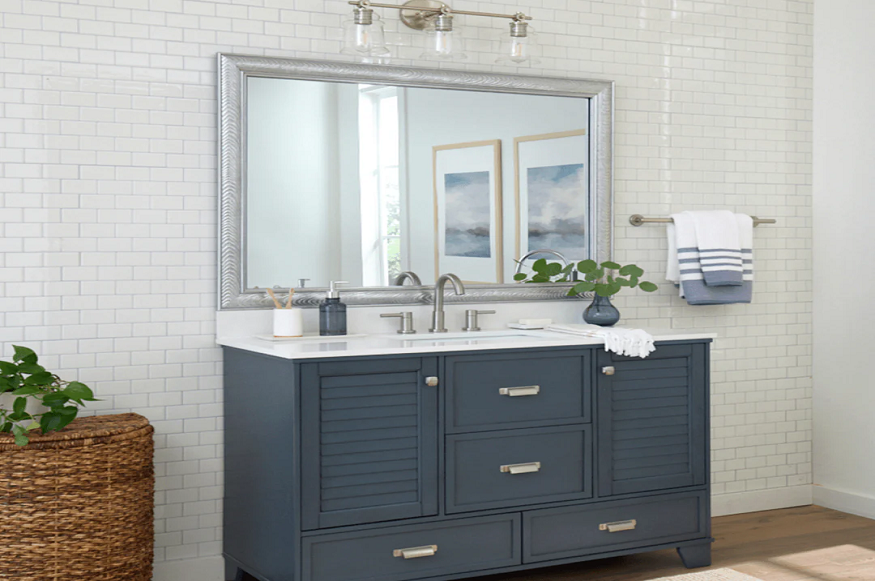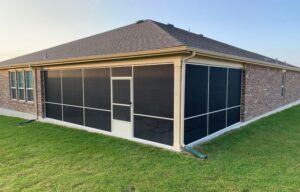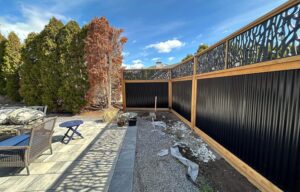Wallpaper installation is just like any other endeavour. To ensure that the end product is outstanding, there are fundamental actions you should perform. How attractive the wallcoveringadhesive productis will depend on the state of your wall before it is installed. It will be thrilling to learn how to apply wallpaper if you have never done it before. Additionally, it will be a useful skill set for upcoming interior design jobs.
Before you start installing your wallpaper, there are a few things you need to do.Discover best products on https://www.mirrormate.com/to make your spaces beautiful and flawless and enjoy the process of decorating walls.
This article will concentrate on priming the wall out of all of those. By selecting the best wallpaper primer, you can make sure that the paper you hang will remain on the wall and give you and your family a lovely place for many years to come.
What Does a Wallpaper Primer Serve As?
If your wallpaper starts peeling off the wall before its usable life is over, that is the last thing you want to happen. If you are aware of the common causes of installation failure, you can take care of them right away. The two primary causes of unsuccessful wallpaper installations are inadequate adhesive and incorrect application.
Let’s discuss adhesive problems since installation methods are the subject of this article. Adhesives for wallpaper are made of water. Your installation will fail because unprimed walls will absorb the water from the glue before it has a chance to fully adhere to the wallpaper.
Consider painting an unprimed wall for the first time to illustrate this point. The surface is hardly covered by the first layer. This is because only a thin layer of paint remained after the wall absorbed the majority of the paint. The second coat covers the plasterboard underneath and provides the desired coverage. This occurs as an outcome of the surface stopping to absorb moisture. It enables the paint to adhere to the initial layer rather than the wall.
When applying wallpaper glue, the same procedure is followed. The wallpaper will not stick if the raw wall is not adequately prepared because it will absorb too much water from the glue. It will eventually begin to come down from the wall.
Priming a wall before applying wallpaper has three main functions:
- Wall sealing
- Providing a suitable surface on which the wallpaper adhesive can adhere.
- Streamlining the wallpaper removal process when the time comes.
The adhesive will stick to the wallpaper and primer instead of the wall’s surface if the wall is sealed or primed. The wallpaper will come off much more easily when the time comes, though, if you use a primer. This is because of the wallpaper sticking to the primer rather than the wall.
What Type of Surface Are You Covering on the Wall?
Wallpaper can be applied to nearly any surface, however the preparation of the surface will differ.
- Does the installation cover ancient walls that have had joint compounds applied to them?
- Is this a brand-new building project with freshly painted or unpainted plasterboard using contractor-grade paint?
- Do the walls have sound paint, but are they only a few years old?
- Are you covering anything that isn’t permeable, like tile or glass?
There is a “best” wallpaper primer for each of these circumstances. For every surface, some businesses might suggest an all-purpose product. However, primers are made to handle particular conditions, just like everything else.
Various Wallpaper Primer Types
The type of wallpaper you are hanging will determine the adhesive you use, but primers are made to work best on the wall surface they are applied to.
Since the paste-the-wall method is the main method used to install Roman wallpaper adhesive in exquisite collections of non-woven wallcoverings, the primer must address the underlying problems with the wall surface to work with the adhesive that will finish the installation.



